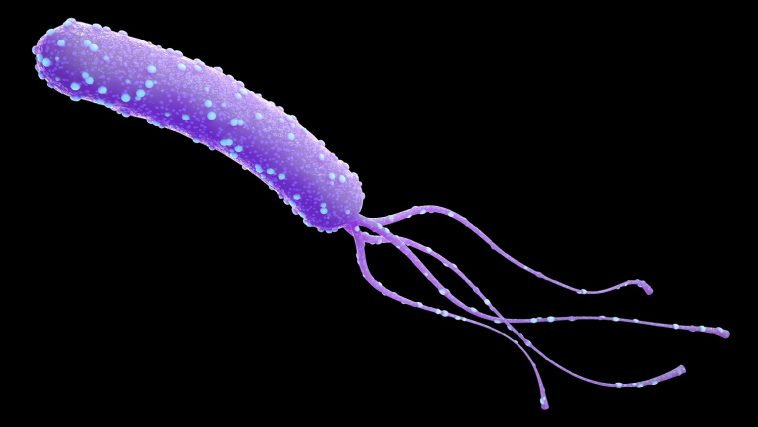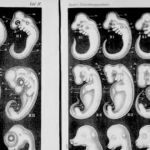[Originally published as part of Intelligence Versus Foolishness]
Intelligence in Living Things
Since the development of the electron microscope in the late 1930s, a new microscopic universe has been revealed. Just like the larger universe with its trillions of stars, a new world of biomolecules within living things was discovered and seen to work together with incredibly systematic precision. This micro-universe has given a new understanding of life’s exhaustive complexity. What’s more, this world is close at hand, here on earth, not distant as the heavenly bodies lightyears away.
We currently are experiencing an exponential explosion of knowledge that is exposing patterns and systems more complicated than ever imagined. The fields of biochemistry and molecular biology attract our attention as we search the living world to find new drugs to save mankind from diseases like cancer and more.
In the microbiology world, we find protein molecules gathered together in what are clearly machines that carry out functions within a living system. We have discovered around 20,000 of these protein molecular machines in humans, and there could be over 100,000 in other living organisms. These protein molecules are not simple but bind and twist in many different three-dimensional shapes.
These molecular machines are often made of thousands of amino acid units. While there are only about twenty kinds of amino acids found in biological proteins, they give every living organism their physical structure so they can exist. The arrangement of these amino acids is key because it predetermines the shape they are going to take. No matter the organism, it is the DNA that specifies the specific order in which these twenty amino acids are to be arranged.
The odds of randomly producing these proteins with their specific order and dimensional requirements without the help of the DNA are only one chance out of a 1 with 70 zeroes after it. Such statistical odds are so minute it would be more probable to find a single atom in some random location of the Milky Way galaxy. Such precision dramatically exposes the necessity of having an outside, superior intelligence to design such a complex system.
Molecular Proteins are True Machines
But perhaps it could be argued that such proteins only appear to perform the job of a machine, and their function does not depend on their precise structure. A molecular biologist knows better.
There are thousands of these molecular machines, such as the ones that control muscle contraction, open and close DNA, help DNA wrap itself up into a chromosome, and so on. One of the more spectacular of these protein machines is the bacteria flagellum which has captured the attention of biologists. To function properly, this miniature propellor requires about thirty protein machines working together. It is considered one of “the most efficient systems in the universe,” as stated by Howard Berg, a Harvard biologist.
This kind of motor works on a water-based, acid-powered motor that has the ability to rotate its tail with a whip-like motion in both forward and reverse. The flagellum can change direction in a quarter of a turn and has the capability of rotating at speeds approaching 100,000 rpm. It needs to travel at such high speeds to avoid the forces of water as it interacts with microscopic creatures.
Automotive engines can reach 3,000 rpm, while a jet turbine at the lower range will reach 100,000 rpm. Both of these require large quantities of fuel, while the bacterium needs hardily any measurable energy to move its tail at those extraordinary speeds. This is also evidence of divine intelligence.
When a secular evolutionist is asked to explain the details of such complex design features, their worldview collapses. The old idiom, “God is in the details,” reminds us that when we look around carefully and experience the entire creation — big and small — we can’t help but see evidence that God left his fingerprints everywhere.
As human beings, we are designed to experience God in his creation and witness the true meaning of intelligence. We are designed to recognize his workmanship in ways no other creature can because we are created in God’s image. The more we look with open eyes, the more we witness his glory. He created the galaxies, the stars, the microbes, and everything with such detail so we can ponder his beauty and purpose.






